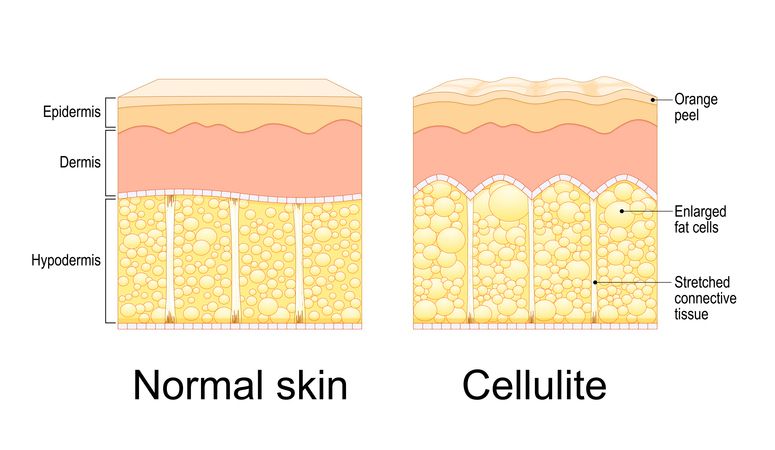Author: Natalie Ng|Updated: 13 May 2025
Putting toothpaste on a pimple has been one of those classic home remedies for years. You’ve probably heard someone swear by it—or maybe even tried it yourself. It seems easy enough: dab it on, wait, and hope your pimple shrinks by morning. But here’s the thing—just because it’s common doesn’t mean it’s a good idea. Toothpaste is made for your teeth, not your skin. It’s packed with stuff like baking soda, hydrogen peroxide, and sodium lauryl sulfate. Sure, some of that can dry out a spot, but it can also cause skin irritation, redness, and sometimes even a chemical burn. Not fun. If you’ve got sensitive skin or acne scars, this kind of irritation can make things worse. And toothpaste doesn’t do much to fight the stuff that actually causes acne—like excess oil, dead skin cells, or bacteria stuck in your pores. There are way better options out there. Products with ingredients like salicylic acid or benzoyl peroxide are made to treat acne properly. They help unclog pores, reduce inflammation, and kill the acne-causing bacteria—without wrecking your skin in the process. So before you go putting toothpaste on your face again, it might be worth knowing what it’s really doing. Keep reading—we’ll break down the facts so you know what actually works, what doesn’t, and how to avoid making acne worse.

Truth 1: Toothpaste Dries Out Pimples — But That’s Not Always a Good Thing
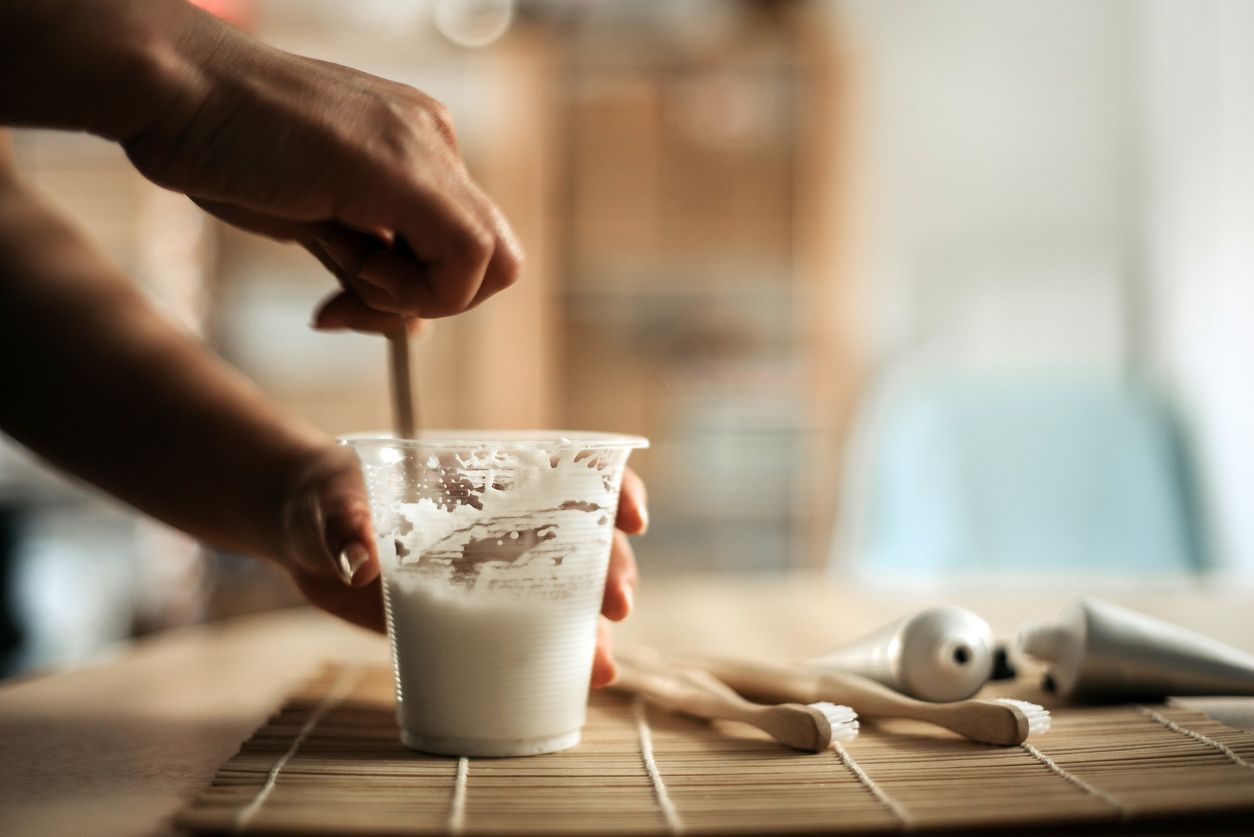
Why People Think It Works
Toothpaste for acne has been a go-to home remedy for years. It feels like it works because ingredients like baking soda and hydrogen peroxide soak up excess oil and dry out the pimple. Menthol gives that cooling, tingly feeling that makes it seem like it’s doing something. You might even see a pimple shrink overnight.
Why It Can Make Acne Worse
The problem is that toothpaste wasn’t made for skin. It contains harsh ingredients like sodium lauryl sulfate, fluoride, and artificial flavors. These can trigger skin irritation, especially on sensitive skin. You might experience redness, peeling, burning, or even chemical burns.
Over-drying your skin strips away the natural oils that help protect it. When that happens, your skin starts producing more oil to balance things out. This increase in oil production can clog your pores, feed acne-causing bacteria, and lead to more breakouts. What started as a quick fix can turn into a bigger problem.
It Doesn’t Treat the Root Cause
Putting toothpaste on a pimple doesn’t get rid of dead skin cells, unclog pores, or kill acne-causing bacteria. It also doesn’t prevent acne or reduce inflammation in the long run. If you’re trying to treat acne or avoid future breakouts, you’ll get better results with proven acne spot treatments. Products with benzoyl peroxide, salicylic acid, or azelaic acid are made to target acne without damaging healthy skin.

Truth 2: Triclosan Was Banned — And for Good Reason
What Triclosan Was Used For
Triclosan used to be a common ingredient in toothpaste because it kills bacteria. The idea was that since it fights oral bacteria, maybe it could help with acne-causing bacteria too. That’s one reason some people started using toothpaste on pimples in the first place.
Why It Was Removed from Products
But triclosan didn’t stay in toothpaste for long. In 2016, the FDA banned triclosan from consumer antiseptic products after research linked it to several health risks. Studies showed that triclosan could mess with hormone regulation, contribute to antibiotic resistance, and irritate the skin. It was also harmful to the environment, showing up in water systems and affecting wildlife.
Even if some older products still contain triclosan, it’s not something you want on your skin. When applied topically, it can cause inflammation, disrupt your skin’s natural bacteria, and lead to more skin problems—not fewer.
What Replaced It
Modern toothpaste formulas have replaced triclosan with other ingredients like stannous fluoride. These may help control oral bacteria but aren’t safe for treating pimples or any other skin condition. They can still cause irritation or allergic reactions when used on the face.
So if you’re using toothpaste for acne because you think it kills bacteria, it’s not helping in the way you might think. It’s better to use acne treatments made for skin—especially ones that target acne-causing bacteria without damaging the skin barrier.
Book Now to Experience
Acne Treatment
1 Minute Self-Registration
Date should not be before minimal date

Truth 3: Baking Soda Disrupts Your Skin’s Natural pH
Why Baking Soda Gets Attention
Baking soda is a common ingredient in many toothpaste formulas. It’s mildly abrasive and absorbs oil, so some people assume it can help treat acne by drying out pimples and removing excess oil from the skin. That’s why baking soda shows up in so many home remedies for acne.
How It Affects Your Skin
The problem is that baking soda is too harsh for facial skin. Your skin has a natural pH of around 5.5, which keeps your barrier healthy and protects against acne-causing bacteria. Baking soda has a much higher pH—around 9. When you apply it to your skin, it throws off that balance and strips away the oils your skin needs to stay healthy.
Once your skin’s barrier is damaged, it becomes more vulnerable. You might notice excessive dryness, flaking, or sensitivity. In response, your skin may start producing even more oil to make up for what it’s lost. That extra oil leads to clogged pores, which can cause more breakouts—not fewer.
The Long-Term Effects
Using toothpaste with baking soda on a pimple might make it look smaller for a moment, but it doesn’t do anything to unclog pores, reduce inflammation, or treat the underlying causes of acne. Instead, it can leave you with more breakouts, increased irritation, and even acne scars over time.
If you want clearer skin, skip the baking soda and go for acne products that include beta hydroxy acid (salicylic acid) or benzoyl peroxide. These exfoliate the top layer of skin, target acne-causing bacteria, and prevent future breakouts without messing up your pH balance.

Truth 4: Menthol Only Feels Soothing — It Doesn’t Heal Acne
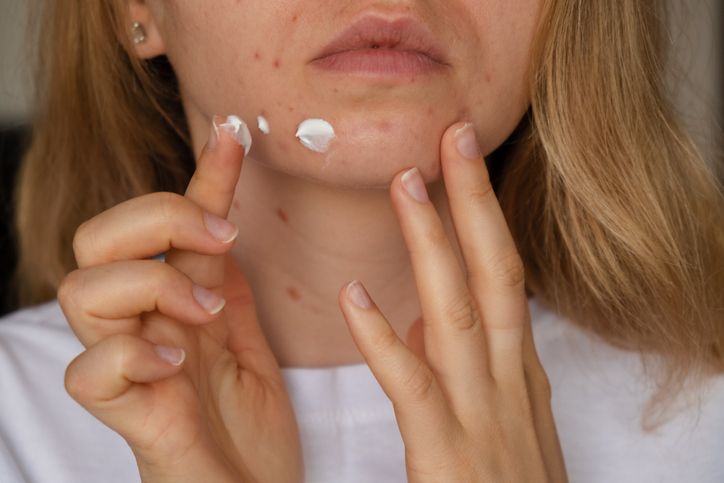
The Cooling Sensation Isn’t Treatment
Menthol is one of the ingredients in toothpaste that gives it that cool, tingly feeling. When applied to a pimple, it can feel like it’s soothing the area or calming inflammation. That’s part of why some people think putting toothpaste on a pimple is helpful. It feels like something is happening.
What Menthol Actually Does
Menthol doesn’t reduce inflammation or kill acne-causing bacteria. It doesn’t treat the underlying causes of breakouts like clogged pores, excess oil, or dead skin cells. The cooling effect is temporary and only affects the surface of your skin.
Worse, menthol can actually irritate your skin—especially if you leave it on for too long. If you have sensitive skin, you might notice redness, dryness, or even a stinging sensation. Menthol can weaken the skin barrier and make damaged skin more likely to scar or develop dark spots after healing.
Why It’s Risky
Menthol gives the illusion of relief but does more harm than good. It doesn’t help reduce inflammation in any meaningful way and won’t prevent future breakouts. If your skin is already inflamed or sensitive, menthol can make it worse.
Instead of using menthol for its temporary cooling effect, look for acne treatments that are made to calm the skin—like aloe vera or niacinamide. These reduce redness and support healthy skin without causing more irritation.

Truth 5: Toothpaste Ingredients Can Damage Your Skin Barrier
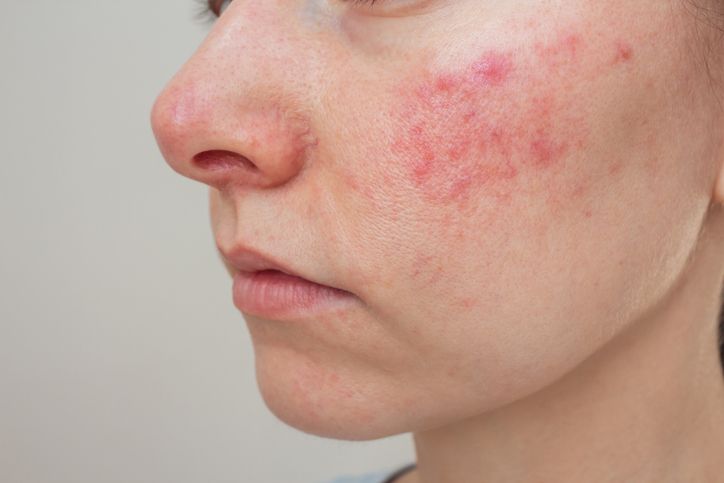
What’s Inside Toothpaste Matters
Toothpaste may look harmless, but many of its ingredients are too strong for your face. Things like sodium lauryl sulfate, fluoride, baking soda, hydrogen peroxide, and artificial flavors are safe for your teeth—but not for your skin. When applied topically, especially to broken or inflamed skin, these ingredients can disrupt your skin’s protective barrier.
How It Affects Your Skin
Your skin barrier keeps moisture in and bacteria out. When you damage it, your skin becomes more sensitive, drier, and more prone to breakouts. Using toothpaste on pimples might cause peeling, tightness, and stinging. Some people even experience chemical burns or contact dermatitis after just a short exposure.
This type of irritation increases the chance of more pimples, especially for people with acne-prone or sensitive skin. It can also slow down healing and make acne scars more noticeable.
Ingredients That Trigger Reactions
• Sodium lauryl sulfate: Known to cause skin irritation and dryness
• Fluoride: Can trigger allergic reactions or redness
• Artificial dyes and flavors: Often cause sensitivity or inflammation on facial skin
• Hydrogen peroxide: Strong oxidizer that can damage healthy skin cells
What to Use Instead
If you want to protect your skin and treat acne effectively, avoid toothpaste and choose products made for facial use. Acne spot treatments with salicylic acid, benzoyl peroxide, or azelaic acid help unclog pores, reduce inflammation, and kill acne-causing bacteria—without tearing down your skin’s natural defenses.
Book Now to Experience
Acne Treatment
1 Minute Self-Registration
Date should not be before minimal date

Truth 6: Using Toothpaste Can Lead to More Breakouts
The Cycle Starts With Irritation
Toothpaste might dry out a single pimple, but it doesn’t prevent acne. In fact, using it as a spot treatment can trigger more breakouts. That’s because many toothpaste ingredients cause skin irritation. Once your skin becomes inflamed, it can start producing more oil to protect itself.
This extra oil, also known as sebum, mixes with dead skin cells and gets trapped in your pores. That creates the perfect environment for acne-causing bacteria to grow. The result? More blemishes, not fewer.
It Disrupts the Skin’s Balance
Toothpaste can throw off your skin’s natural pH and moisture levels. Ingredients like baking soda, fluoride, and sodium lauryl sulfate strip away the oils that keep your skin healthy. That leads to excessive dryness and a weakened skin barrier, both of which can cause more breakouts over time.
If you already deal with severe acne or have sensitive skin, applying toothpaste can make things worse. You might end up with inflamed breakouts that take longer to heal—and increase the risk of acne scars.
A Better Way to Prevent Acne
To avoid future breakouts, focus on keeping your pores clean and your oil production balanced. Acne treatments with salicylic acid (which exfoliates dead skin cells) or benzoyl peroxide (which fights bacteria) work directly on the causes of acne. Adding gentle, non-comedogenic skincare products to your daily routine can also help prevent clogged pores and reduce inflammation without triggering more acne.

Truth 7: Toothpaste Can Trigger Allergic Reactions on Facial Skin
Not All Ingredients Are Skin-Friendly
Many toothpaste formulas contain artificial colors, flavoring agents, and preservatives that are perfectly fine for your mouth—but not for your face. When applied to your skin, especially broken or inflamed skin, these ingredients can trigger allergic reactions. Unlike skincare products, toothpaste isn’t tested for facial use, so there's no way to predict how your skin will respond.
What an Allergic Reaction Can Look Like
If you apply toothpaste to a pimple and experience redness, swelling, itching, or tiny bumps around the area, you’re likely reacting to one of its ingredients. Reactions can happen even if you’ve used that toothpaste on your teeth for years without problems. Facial skin is thinner and more sensitive than oral tissue, making it more vulnerable to irritation.
Some people may develop contact dermatitis—a form of localized inflammation caused by allergens or irritants. This condition can worsen acne, lead to peeling, and in some cases, leave behind post-inflammatory marks or scarring.
Common Offending Ingredients
• Cinnamon or mint flavorings
• Artificial sweeteners like saccharin
• Colorants and dyes
• Essential oils not intended for topical use
If you’re dealing with acne, applying unknown or irritating substances to your skin increases the chance of flare-ups. For safe acne spot treatments, always choose products that list ingredients designed for facial skin and are labeled non-comedogenic.

Truth 8: Toothpaste Lacks Acne-Fighting Ingredients
Missing the Mark on Treatment
Toothpaste is formulated to clean teeth, not to treat skin conditions. It doesn't contain ingredients like benzoyl peroxide or salicylic acid, which are proven to target acne-causing bacteria and unclog pores. Relying on toothpaste means you're not addressing the root causes of acne, such as excess oil production and bacterial growth.
Ineffectiveness in Acne Management
Without the right active ingredients, toothpaste can't effectively reduce inflammation or prevent future breakouts. Its drying effect might offer a temporary illusion of improvement, but it doesn't provide the comprehensive care needed for acne-prone skin.
Better Alternatives
Opt for products specifically designed for acne treatment. Look for formulations containing:
• Benzoyl peroxide: Kills acne-causing bacteria.
• Salicylic acid: Exfoliates dead skin cells and unclogs pores.
• Azelaic acid: Reduces inflammation and prevents future breakouts.
These ingredients are tested for safety and efficacy on facial skin, offering a more reliable solution for acne management.
Book Now to Experience
Acne Treatment
1 Minute Self-Registration
Date should not be before minimal date

Truth 9: Toothpaste Can Cause Chemical Burns and Scarring
Risk of Severe Skin Damage
Applying toothpaste to pimples can lead to chemical burns, especially if left on the skin for extended periods. Ingredients like hydrogen peroxide and baking soda are too harsh for facial skin and can cause significant irritation, leading to burns and potential scarring.
Long-Term Consequences
Chemical burns disrupt the skin's natural healing process, increasing the likelihood of permanent acne scars. This damage not only affects your skin's appearance but also its overall health, making it more susceptible to future breakouts and sensitivity.
Safer Treatment Options
To avoid such risks, use treatments that are gentle yet effective. Consider:
• Hydrocolloid patches: Protect the pimple and absorb excess fluid.
• Niacinamide serums: Help regulate oil production and reduce inflammation.
• Sulfur-based treatments: Dry out active pimples while being gentler on the skin.
These alternatives provide targeted care without the harsh side effects associated with toothpaste.
In summary, while toothpaste might seem like a convenient solution for acne, its formulation is not suitable for facial skin and can lead to more harm than good. For effective and safe acne treatment, it's best to use products specifically designed for skin care.

Safer Alternatives for Acne Treatment
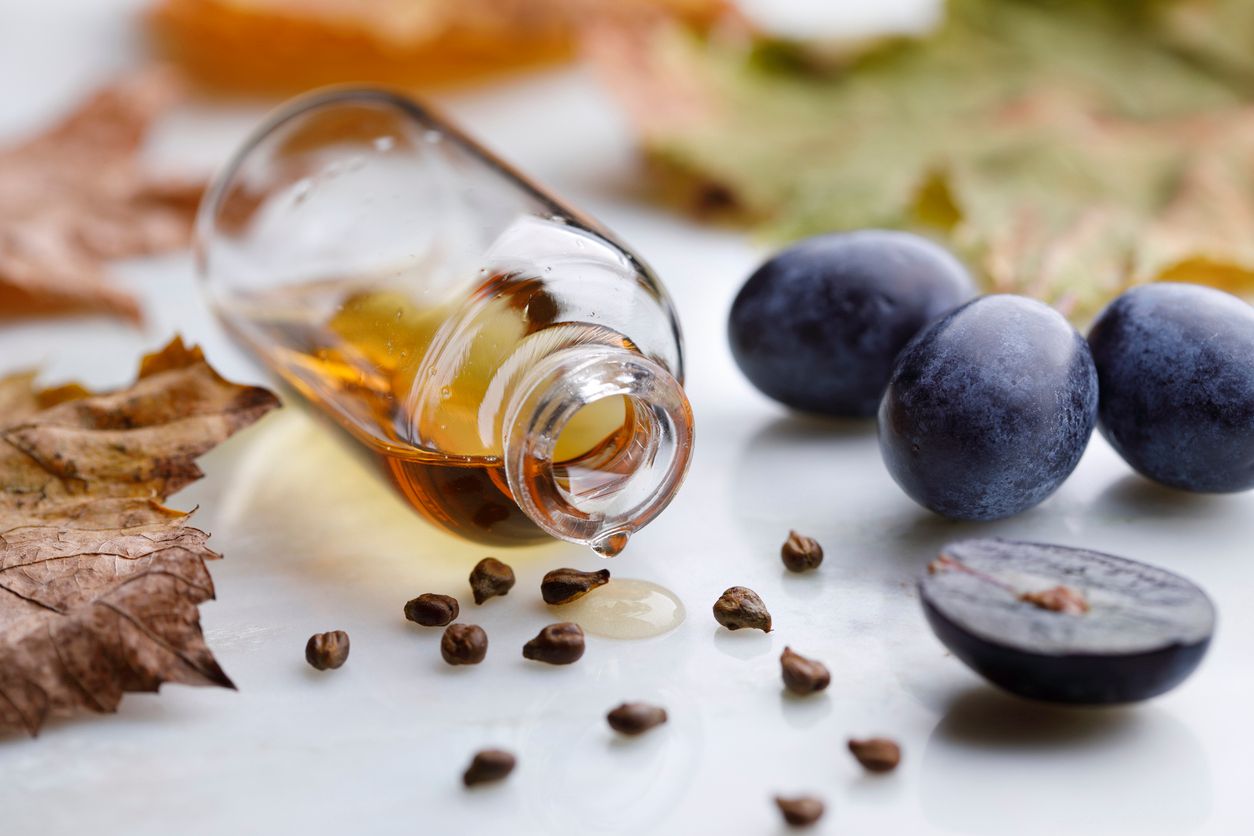
If you're seeking effective and gentle options to treat acne without the risks associated with harsh treatments like toothpaste, consider the following alternatives:
1. Topical Retinoids
Topical retinoids, such as adapalene and tretinoin, are vitamin A derivatives that promote cell turnover, unclog pores, and reduce inflammation. They are effective in treating various forms of acne and are available in both over-the-counter and prescription formulations. Regular use can help prevent future breakouts and improve skin texture.
2. Salicylic Acid
Salicylic acid is a beta hydroxy acid (BHA) that penetrates deep into pores to exfoliate dead skin cells and reduce sebum production. It's particularly effective for blackheads and whiteheads and is commonly found in cleansers, toners, and spot treatments.
3. Benzoyl Peroxide
Benzoyl peroxide is an antibacterial agent that targets acne-causing bacteria and helps prevent new breakouts. It also has anti-inflammatory properties and is available in various concentrations. Starting with a lower concentration can minimize potential irritation.
4. Niacinamide
Niacinamide, or vitamin B3, is known for its anti-inflammatory and oil-regulating properties. It helps reduce redness, minimize pore appearance, and strengthen the skin barrier, making it suitable for sensitive skin types.
5. Tea Tree Oil
Tea tree oil has natural antibacterial and anti-inflammatory properties. When diluted properly, it can be an effective spot treatment for mild to moderate acne. However, it's essential to conduct a patch test to ensure no allergic reactions occur.
6. Azelaic Acid
Azelaic acid helps to exfoliate the skin, reduce inflammation, and kill acne-causing bacteria. It's also beneficial for treating post-acne hyperpigmentation and is suitable for various skin types.
7. Sulfur
Sulfur helps to dry out the surface of the skin and absorb excess oil that may contribute to acne formation. It's often found in masks and spot treatments and is particularly useful for treating inflamed pimples.
8. Hydrocolloid Patches
These patches draw out impurities from pimples, reduce inflammation, and protect the area from external bacteria. They are especially useful for whiteheads and can prevent picking, which reduces the risk of scarring.
Incorporating these alternatives into your skincare routine can provide effective acne treatment while minimizing potential side effects.

A Real Alternative to Toothpaste for Acne: New Beauty’s Acne Treatment
Using toothpaste for acne might seem like a simple fix—just dab it on and hope the pimple disappears by morning. It’s a common trick passed around in skincare forums, but it often causes more harm than good. The ingredients in toothpaste, like baking soda, hydrogen peroxide, and fluoride, aren’t made for your skin. They can lead to irritation, chemical burns, and even more breakouts by disrupting your skin’s natural barrier.
Toothpaste doesn’t treat the root causes of acne, like clogged pores, excess oil, dead skin cells, or acne-causing bacteria. So instead of reaching for a tube of toothpaste, there’s a smarter way to treat breakouts—especially if you want clearer skin without the risk of long-term damage.
That’s where New Beauty’s Acne Treatment comes in. This professional, non-invasive treatment is designed to target acne at its source and support healthier, more balanced skin.
How the Treatment Works
New Beauty’s Acne Treatment uses a dual spiral suction and drainage technology that exfoliates, unclogs pores, and clears out acne-causing buildup like sebum, bacteria, and dead skin cells. Once the skin is deeply cleansed, a medical-grade hydrating serum is infused into the pores to restore moisture, reduce sebum production, and promote collagen growth. This combination helps reduce inflammation, prevent acne, and improve skin texture—without any irritation.
Advantages of the Acne Treatment
• Unclogs pores and removes dead skin cells
• Reduces excess oil and balances sebum levels
• Targets acne-causing bacteria without harsh chemicals
• Calms sensitive skin and soothes redness
• Boosts hydration and supports collagen production to fade acne scars
• Non-invasive and suitable for most skin types, including those with severe acne
• No downtime—return to your normal routine right after treatment
Unlike toothpaste spot treatments, which can make acne worse by damaging the skin barrier, this treatment clears out impurities and delivers nutrients where your skin needs them most. It doesn’t just reduce pimples—it helps prevent future breakouts and supports long-term skin health.
Tried toothpaste and got more breakouts? Book your Acne Treatment today and give your skin what it really needs to stay smooth, clear, and healthy.Book Now to Experience
Acne Treatment
1 Minute Self-Registration
Date should not be before minimal date
FAQ
1. Does putting toothpaste on a pimple overnight work?
Some people believe that putting toothpaste on a pimple overnight can dry it out, but this method isn’t recommended. Toothpaste may contain harsh ingredients like fluoride and sodium lauryl sulfate that can irritate the skin and cause inflammation. Instead of treating acne, this can lead to excessive dryness, skin peeling, and more breakouts. For safer results, it’s better to use acne spot treatments with ingredients like benzoyl peroxide or salicylic acid, which are formulated for acne-prone skin.
2. Can using toothpaste cause acne scars?
Yes, using toothpaste on your face—especially on broken or inflamed pimples—can increase the risk of acne scars. Harsh chemicals in toothpaste can damage the skin barrier, delay healing, and cause hyperpigmentation. If your skin becomes irritated or inflamed from applying toothpaste, the area may take longer to heal and be more likely to leave marks or post-inflammatory discoloration. To avoid long-term damage, always use acne treatments that are safe for facial use.
3. Are natural remedies like aloe vera or tea tree oil better than toothpaste for acne?
Yes, natural remedies such as aloe vera and tea tree oil are generally safer and more effective than using toothpaste on pimples. Aloe vera helps reduce redness and soothe sensitive skin, while tea tree oil has antimicrobial properties that target acne-causing bacteria. Both can help treat acne without disrupting your skin’s pH or causing skin irritation, which is a common problem with applying toothpaste to your face.
4. What type of toothpaste is least harmful if accidentally used on acne?
While no type of toothpaste is recommended for acne treatment, non-whitening, fluoride-free, and gel-free formulas tend to be less irritating if accidentally applied to skin. These products typically have fewer harsh ingredients, but they still aren’t safe or effective for acne. Even “sensitive” toothpaste formulas aren’t tested for skin use and can trigger allergic reactions or worsen acne, especially on sensitive skin types.
5. How can I prevent future breakouts without harsh acne products?
To prevent future breakouts, focus on maintaining a consistent skincare routine that includes gentle face washes, non-comedogenic moisturizers, and proven acne-fighting ingredients like beta hydroxy acid (salicylic acid) or azelaic acid. Avoid products that over-dry your skin or disrupt its natural oil balance, as this can lead to more acne. Regular exfoliation to remove dead skin cells and unclog pores, along with lifestyle habits like reducing excess oil on the skin and avoiding pore-clogging makeup, also help support clearer skin long-term.
Recommended Articles
COPYRIGHT© NEW BEAUTY MANAGEMENT LIMITED 2025. ALL RIGHT RESERVED.

